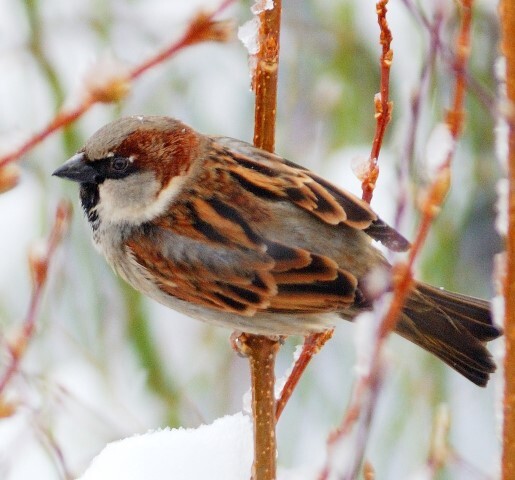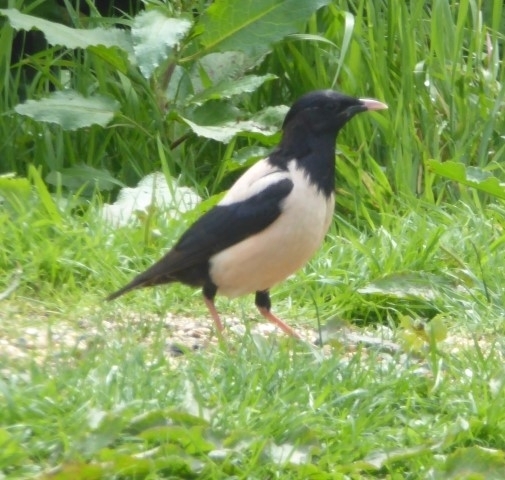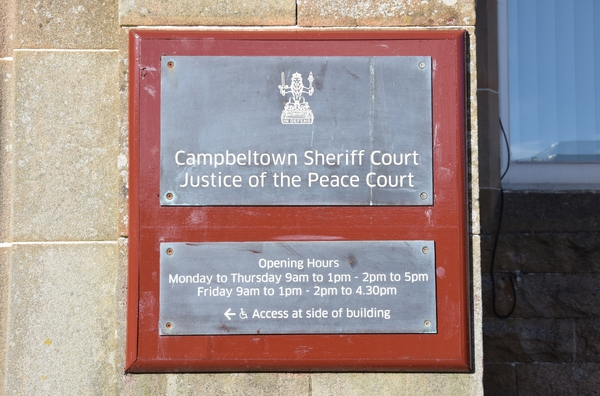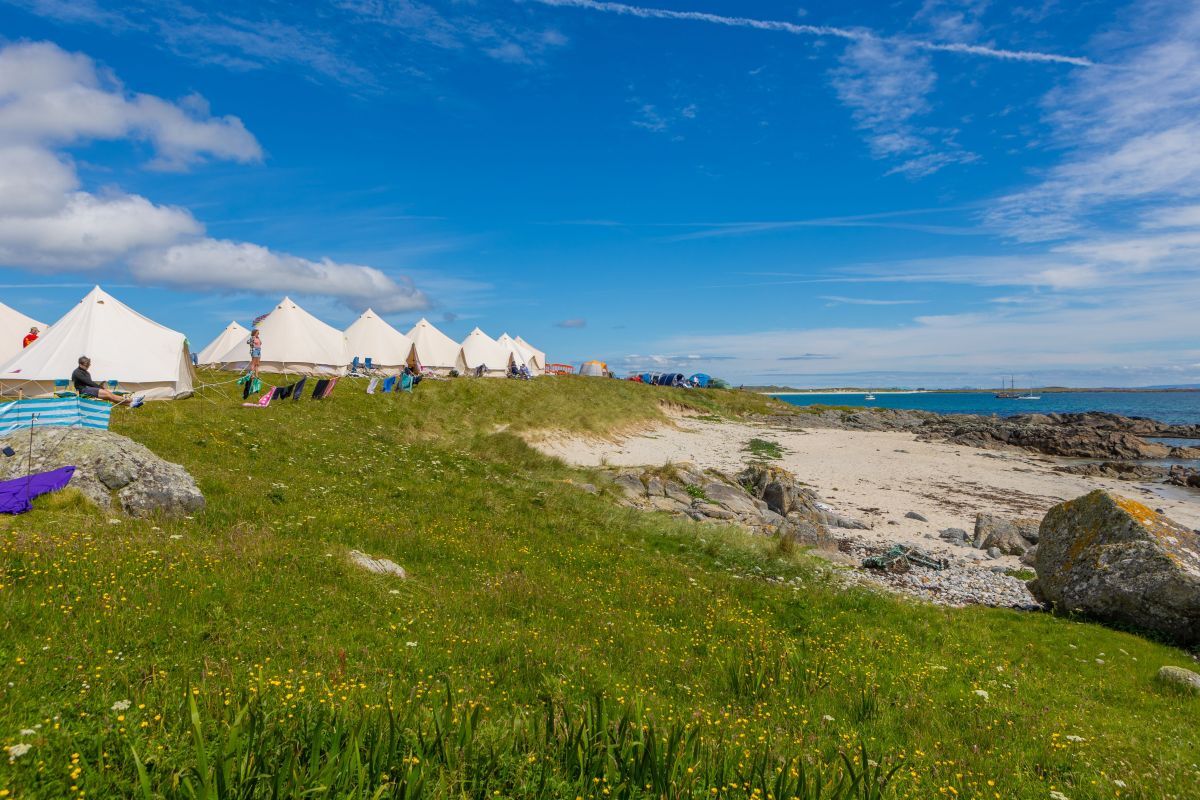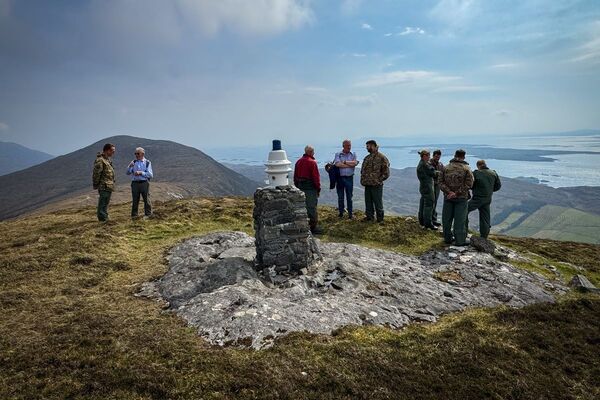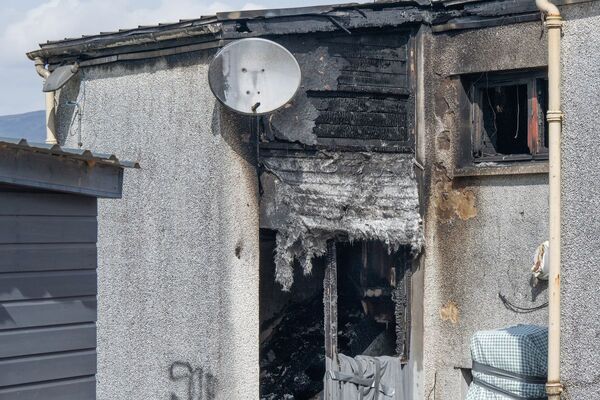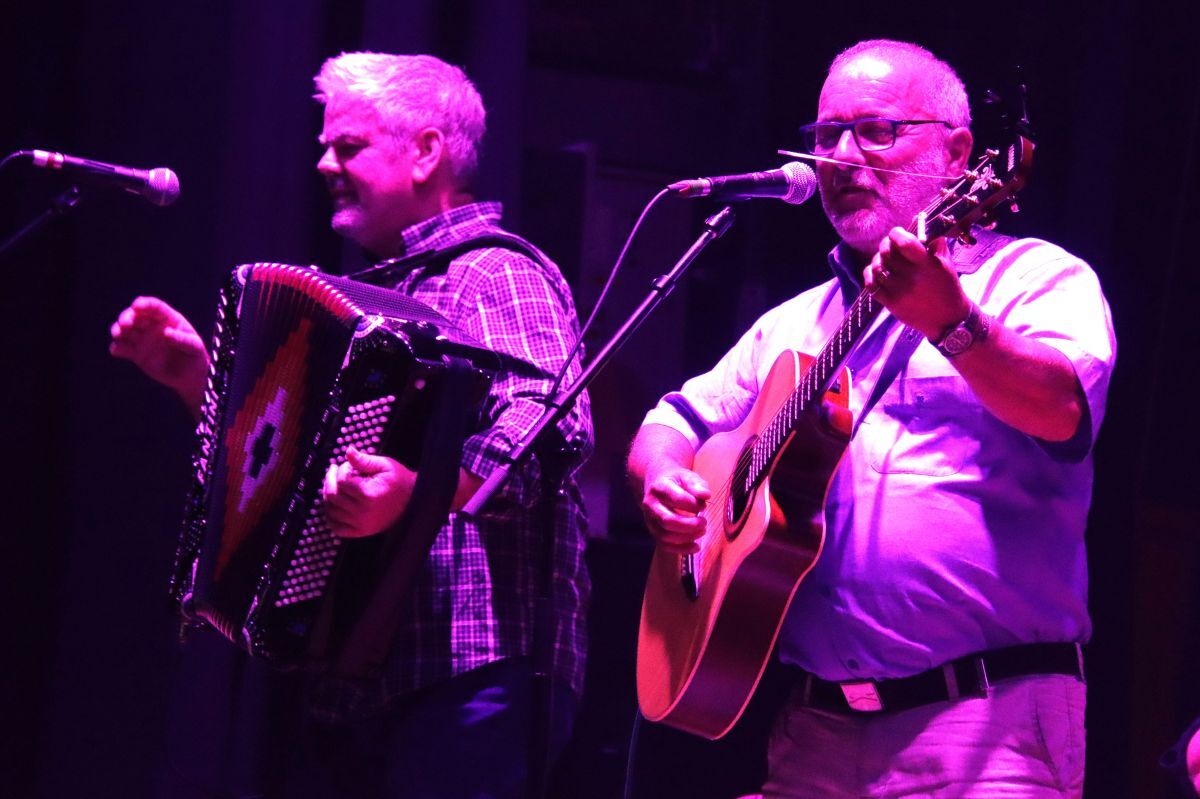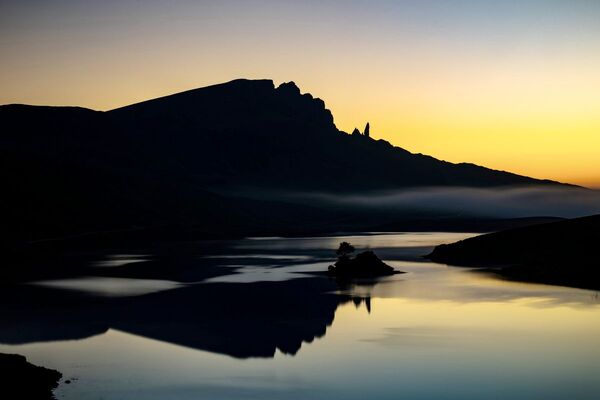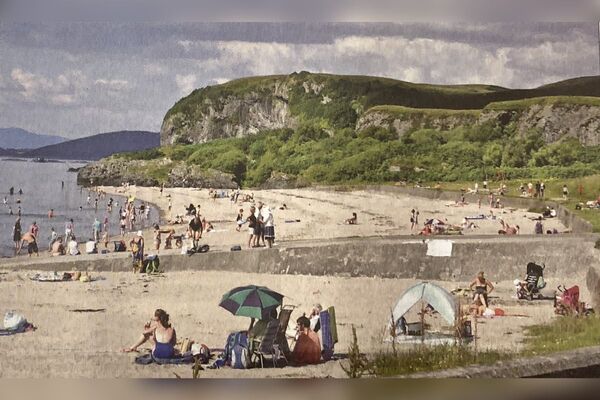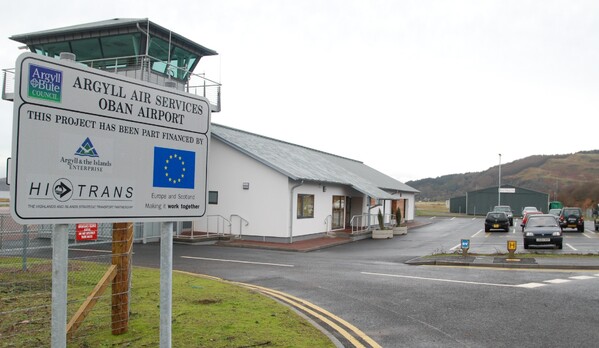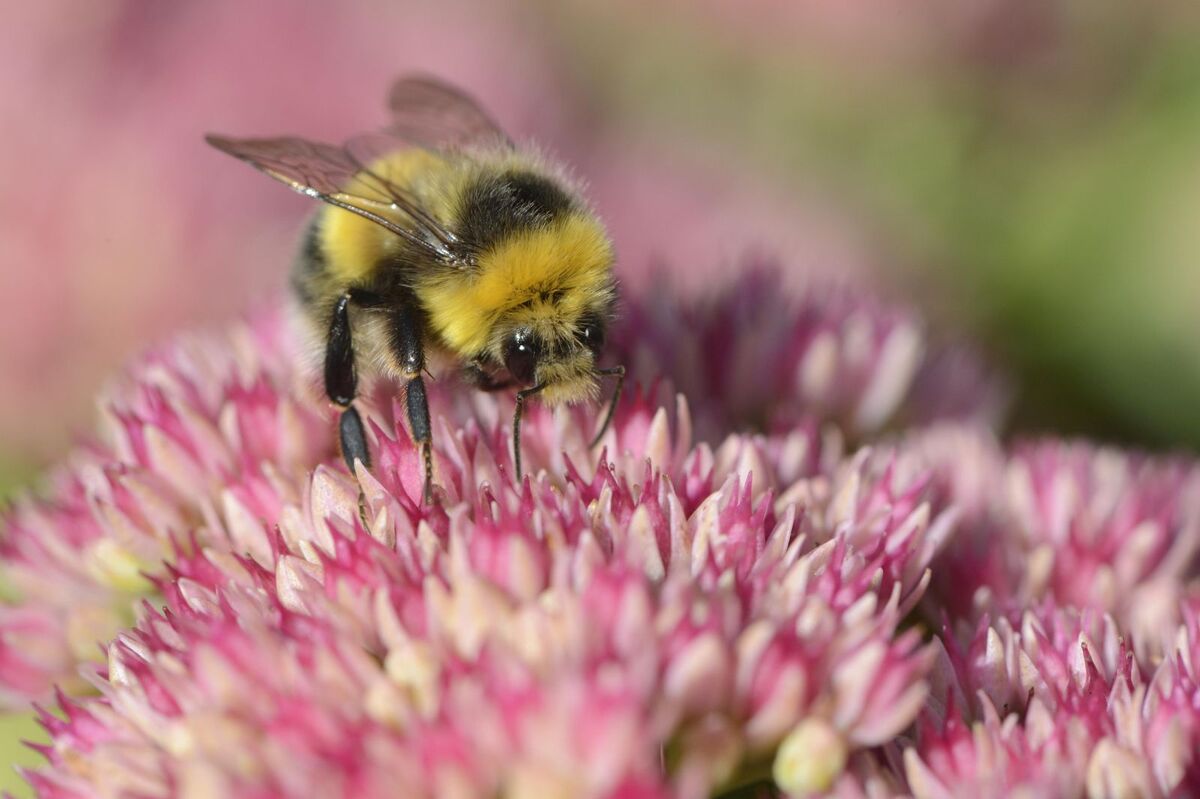Results in for the 2025 Big Garden Birdwatch
The results from this year’s Big Garden Birdwatch have followed common trends, including declining numbers across many staple species.
Over 40,000 people in Scotland joined in the world’s largest garden wildlife survey counting more than 748,000 birds of nearly 50 species, once again highlighting the importance of our gardens for the nation’s wildlife.
There were over 600,000 participants across the UK, counting a grand total of 9.5 million birds.
House Sparrows have held on to the top spot in Scotland for the fourteenth year running, with 125,035 being spotted in total.
Starlings were the second most common once again and Blackbirds came in at number three. Chaffinches and Blue Tits make up the remainder of the top five most recorded species. While the order is different, this is the same top five which has been recorded in Scotland for every Big Garden Birdwatch since the end of the COVID-19 pandemic.
Director of RSPB Scotland Anne McCall said: “A huge thank you to everyone who took part in this year’s Big Garden Birdwatch, it is heartening that over 40,000 of us across Scotland joined in over the weekend, despite the challenging weather many of us faced with Storm Éowyn.
“There’s been no let-up in the decline of our wildlife over recent decades, with one in nine wildlife species at risk of being lost from Scotland.
“To halt this decline and turn round the current downward trajectory, we need to help wildlife return across the country and make it a natural feature of everyday life. Our gardens and community greenspaces provide the perfect place for us as individuals to start.
“Providing food, shelter and water for wildlife, not using chemicals and not using peat-based compost – what we do in our own backyard can make a huge difference. All of us making small changes can effect huge change.
“While our homes and gardens often provide the perfect place for individual people to help, we also urgently need governments and businesses to join us in the wider fight to restore our natural world”
Despite coming in at number two again in Scotland this year, across the whole of the UK the RSPB has seen the lowest number of Starlings ever recorded since Big Garden Birdwatch began in 1979.
Starlings are a red listed species in the UK and considered a high conservation concern due to their declining numbers. Scotland’s breeding population shows a 28.5 per cent decline between 1995 and 2022.
These are medium-sized birds with glossy plumage that has a purple and green sheen, often with white spots during winter. They are also excellent mimics and can make a huge variety of tweets, cheeps and clicks.
They can be found across the UK with their numbers swelling during winter when birds arrive from northern Europe, gathering together to perform spectacular murmurations.
Thankfully, there are ways to support these colourful, charming birds in our gardens. Avoiding the use of pesticides and keeping a natural lawn allows Starlings to forage for invertebrates, especially leatherjackets (cranefly larvae).
They also need short grass to watch out for predators whilst feeding, so mowing the lawn now and again is beneficial. Putting up nest boxes also provides Starlings with a readymade nesting site and a box with a 45mm entrance hole is the ideal size for these birds.
Sign up to our daily Newsletter
Permission Statement
Yes! I would like to be sent emails from West Coast Today
I understand that my personal information will not be shared with any third parties, and will only be used to provide me with useful targeted articles as indicated.
I'm also aware that I can un-subscribe at any point either from each email notification or on My Account screen.

